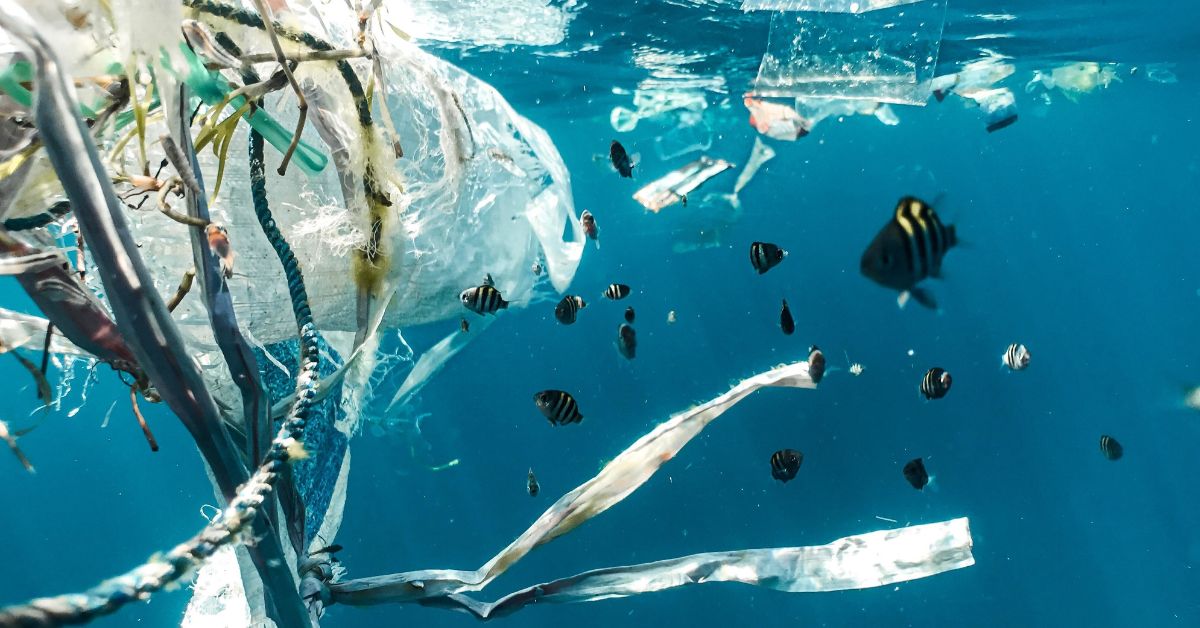A recent study conducted by a team of ecologists, including Dr. Elizabeta Briski, an expert in invasion ecology at GEOMAR Helmholtz Centre for Ocean Research in Kiel, has shed light on the potential for future waves of invasive species. The study, published in the journal Global Ecology and Biogeography, aimed to investigate whether non-native species reflect Earth’s patterns of biodiversity.
The researchers compiled a comprehensive list of non-native species, totaling approximately 37,000 worldwide. These species were then categorized based on their biological taxonomy, including phyla, classes, and families. The researchers found that, on average, around 1% of all living organisms have been transported by humans to new areas around the world.
The study highlighted that species on land are generally better studied compared to those in marine habitats. Therefore, the number of non-native species in marine environments is expected to be significantly underestimated. Additionally, groups such as microorganisms may also be vastly underestimated in non-native species inventories. Furthermore, limited research on non-native species in poorer countries suggests that there may be many unknown non-native species in tropical rainforests.
The study also revealed that certain groups, including mammals, birds, fishes, insects, spiders, and plants, have disproportionately established themselves outside their native range. Non-native species in these groups are often introduced intentionally for agriculture, horticulture, forestry, or other purposes. However, unwanted species can also unintentionally be transported as stowaways on ships. For instance, rats have spread globally alongside human activities.
The results of the study indicate a significant potential for future biological invasions in various species groups. If only 1% of global biodiversity has been affected by non-native species so far, it is expected that this extent will increase exponentially. The researchers emphasized that any species can utilize human transportation methods to reach areas to which they would not naturally have access. As trade and transport continue to accelerate and shift, connecting distant countries and their unique species pools, the magnitude of environmental and socio-economic impacts caused by new invasions is likely to rise substantially in the coming decades.
In light of these findings, Dr. Briski and her colleagues urge immediate action to prevent future introductions of invasive species and to control the most damaging invaders that are already established. It is crucial to protect environments, economies, and societies from the negative consequences of invasive species, which can cause extinctions, generate trillions of dollars in damages, and spread diseases. By proactively addressing this issue, we can work towards minimizing the detrimental effects that invasive species can have on our ecosystems and ensure a more sustainable future.



